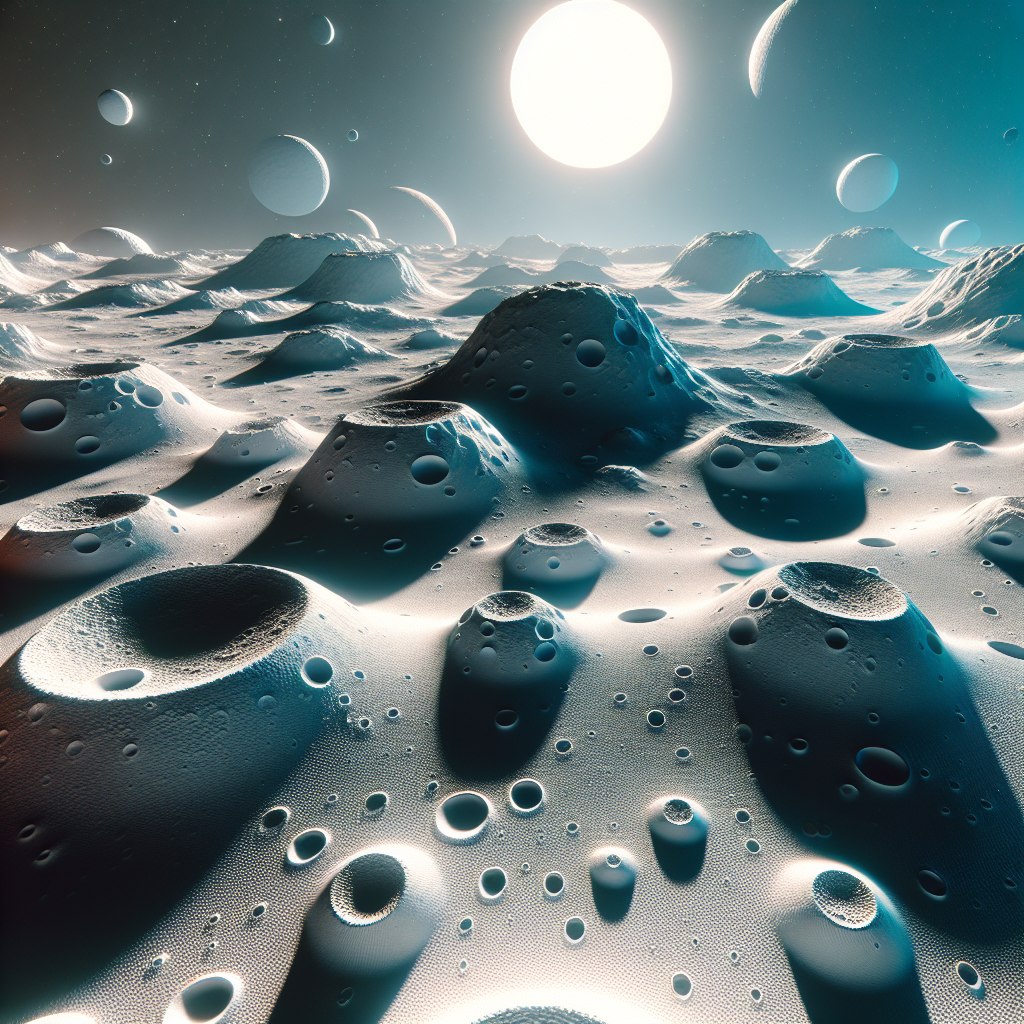Ever wonder what happens when space rocks crash-land into the surface of another world? That’s exactly how lunar craters are born on our moon. These fascinating features have a lot to tell us about the moon's history, going back millions—even billions—of years. Lunar craters, big and small, are scattered over the moon. Created by asteroid impacts and volcanic activities, they hold secrets that scientists have been trying to piece together for centuries. The study of these craters, called selenology, provides insights not just into our moon’s past but also into the early days of the solar system.
There are heaps of craters on the moon; think about a surface covered by cosmic pockmarks, with some craters being just a shallow dent while others appear as deep, shadowy bowls. Each crater tells a story of cosmic collisions. The larger craters, particularly the impact basins over 300 kilometers across, can have such massive effects that they change the moon's crust itself. These behemoths form when huge asteroids strike the moon at high speeds, and the rapid release of energy creates shock waves, melting and displacing rock in colossal explosions.
The largest visible crater on the moon is the South Pole-Aitken basin, secretly sprawling across the far side of the moon’s surface. Measuring around 2,500 kilometers in diameter, it’s like a hidden ocean of information that we’re still learning to explore. It's thought to date back over 4 billion years. When we consider craters this ancient, it’s like looking back in time, offering glimpses of what the early solar system was like.
Human curiosity has always pushed us to look upwards and question what lies beyond our own planet. And in 1959, the Luna 2 spacecraft from the former Soviet Union became the first human-made object to impact the moon, intentionally creating a crater of its own. Fast forward to the Apollo missions, particularly Apollo 11 in 1969, when we sent astronauts to touch the cratered surface and collect rocks that provided firsthand insight into lunar geology and history.
Crater research isn’t just about looking at their pretty pictures. Scientists use cutting-edge technology to study crater patterns and distributions to understand not just their past but also inform future missions. They model crater formation to consider the age and thickness of the lunar crust. Some people argue, 'Who cares? It's just a ball in the sky!' But understanding the moon helps us understand Earth too. Remember, the moon influences things like ocean tides. By understanding its past, we see echoes of our own planet’s history.
Yes, the moon is a stark, silent world, but it is buzzing with stories beneath its surface. Some folks might say, 'We have enough problems here on Earth, why worry about the moon?' That's completely fair—a perspective rooted in very immediate and valid concerns. But being mindful of both worlds allows us to hold a balanced narrative about our place in the universe. Admiring celestial beauty and respecting terrestrial life go hand in hand for many of us.
Lunar craters also spark conversations about the potential for off-Earth colonies. There’s fascinating talk about using lunar ice found in crater shadows to supply water for future moon bases. These crater shadows, where sunlight never reaches, maintain ice that could be vital for sustaining human life on other celestial bodies. Imagine having a future where cities exist under domes, nestled beside ancient craters. While this is distant, it's exciting to consider such possibilities.
Visually, craters are mesmerizing. When you gaze at them through a telescope or in photographs, their sharp edges and dark shadows offer every bit the mystery and grandeur as you might find in any art piece. People have mythologized the moon for eons, linking it with folklore and romantic tales. The craters provide a landscape that, even from a distance, fuels our imagination.
You might wonder why craters aren’t as prominent on Earth. Earth, with its atmosphere and active geology, erases these ancient marks through erosion, tectonics, and vegetation growth. The dry conditions and lack of atmosphere on the moon mean that a crater today looks much like it did millions of years ago. Everything about lunar craters reminds us of Earth’s vibrant life and activity. Craters are Earth's shadow, acknowledging their limited visibility in comparison to the static moon.
Who knows what the next big discovery will be? Technology evolves, and so too do our understanding and appreciation. Crater studies continue to be one of the many intriguing fields within planetary science genuinely captivating hearts and minds. If you get the chance, give the moon a good look tonight. Imagine the stories those craters hold and the mysteries they may help unravel. As we think about the universe’s broader picture, it's both humbling and inspiring to remember this connection to where it all began.

